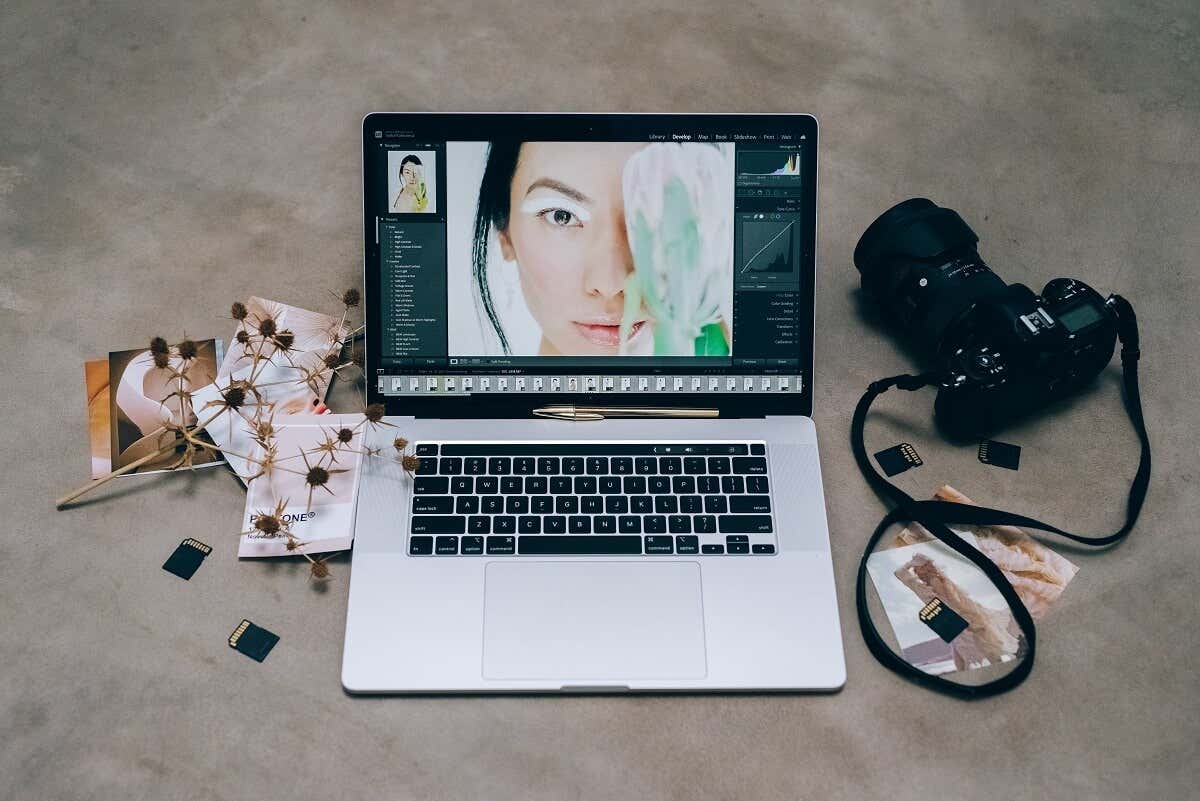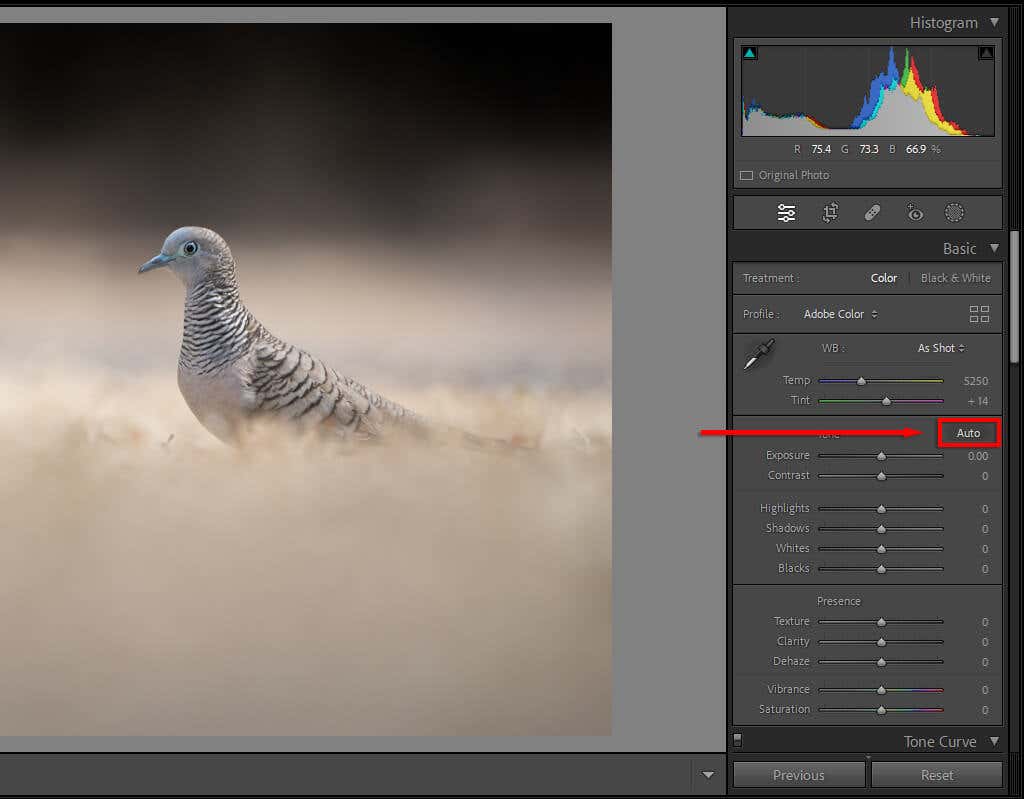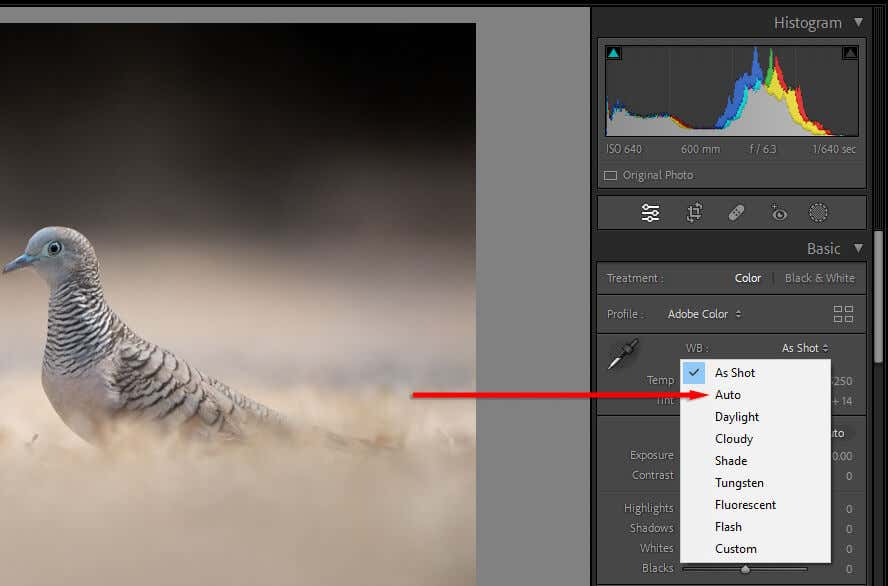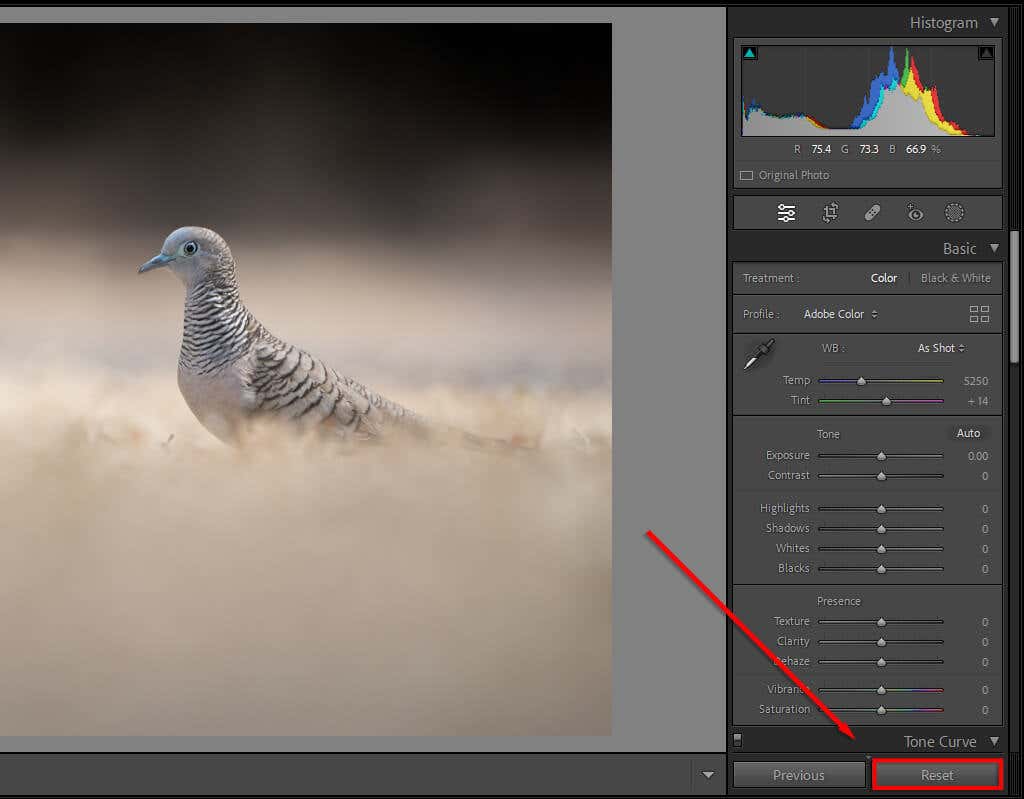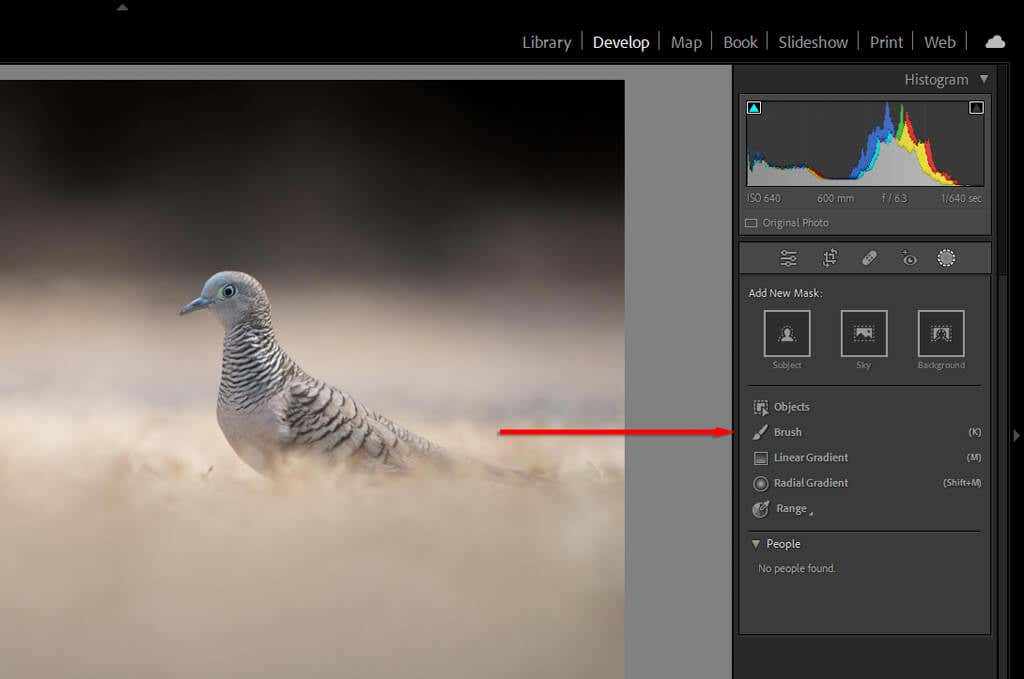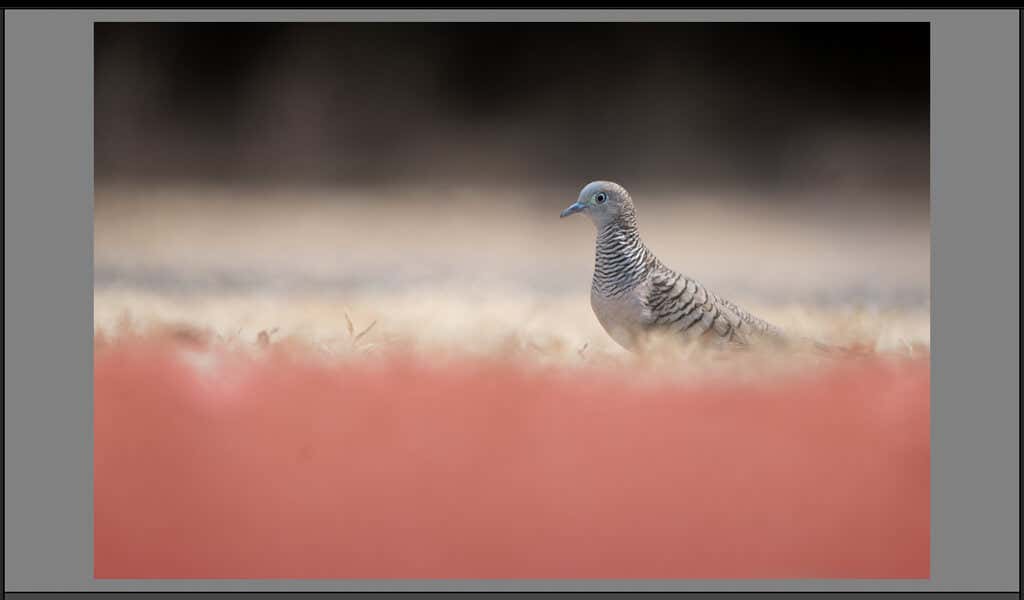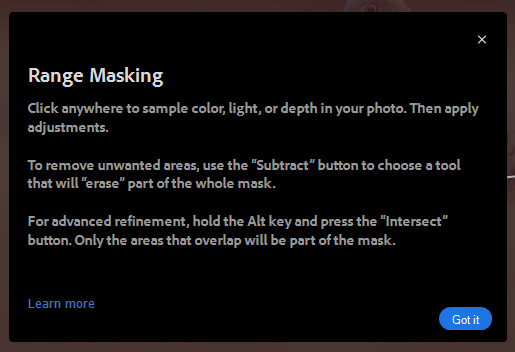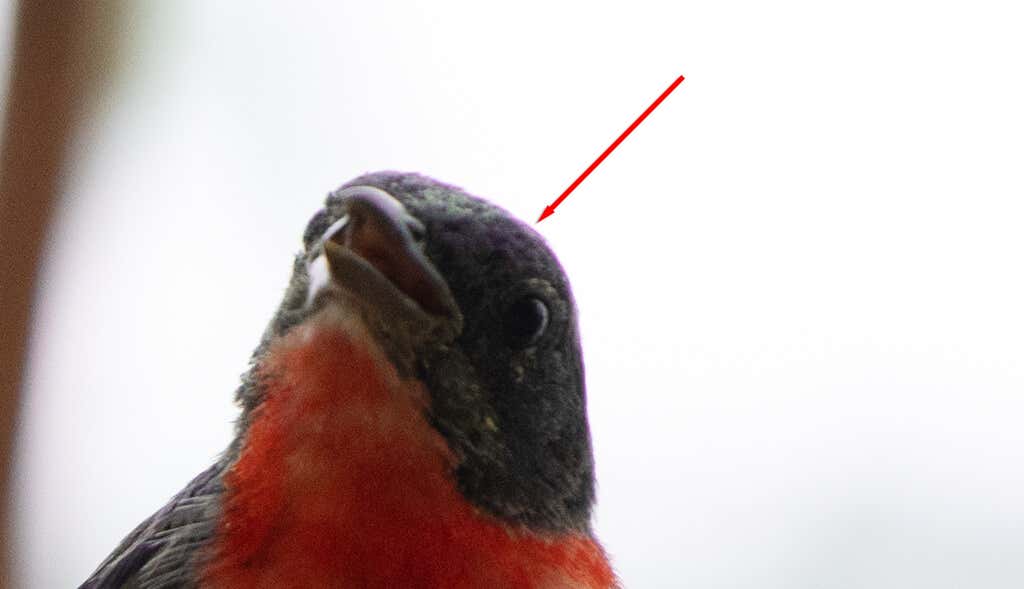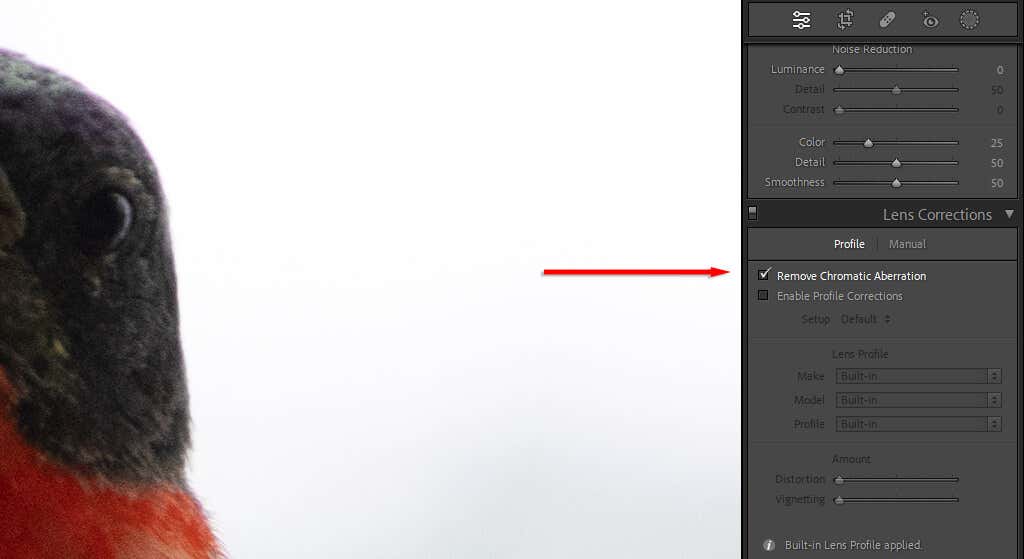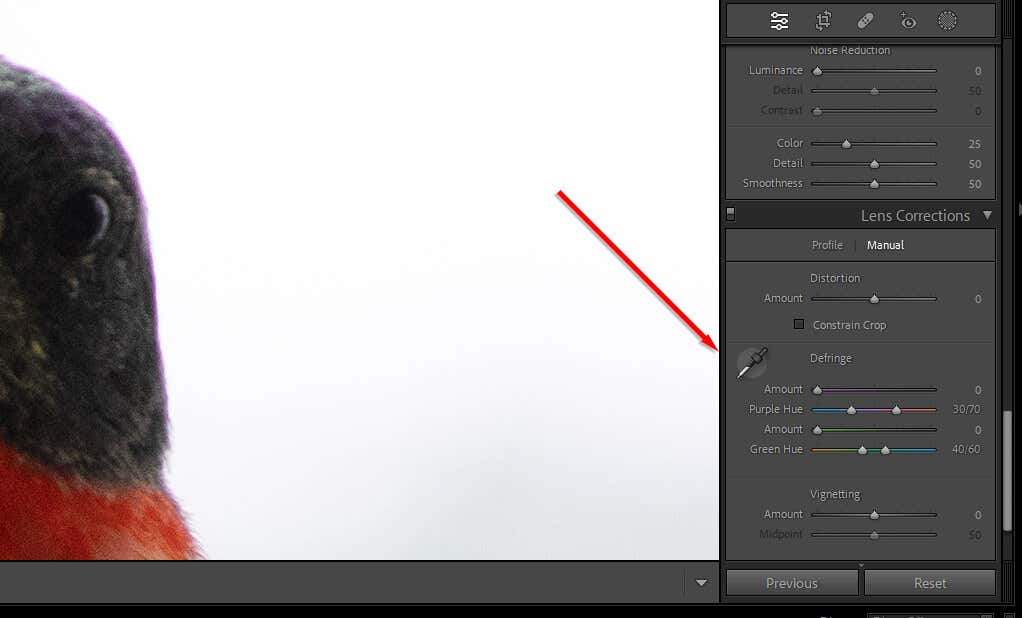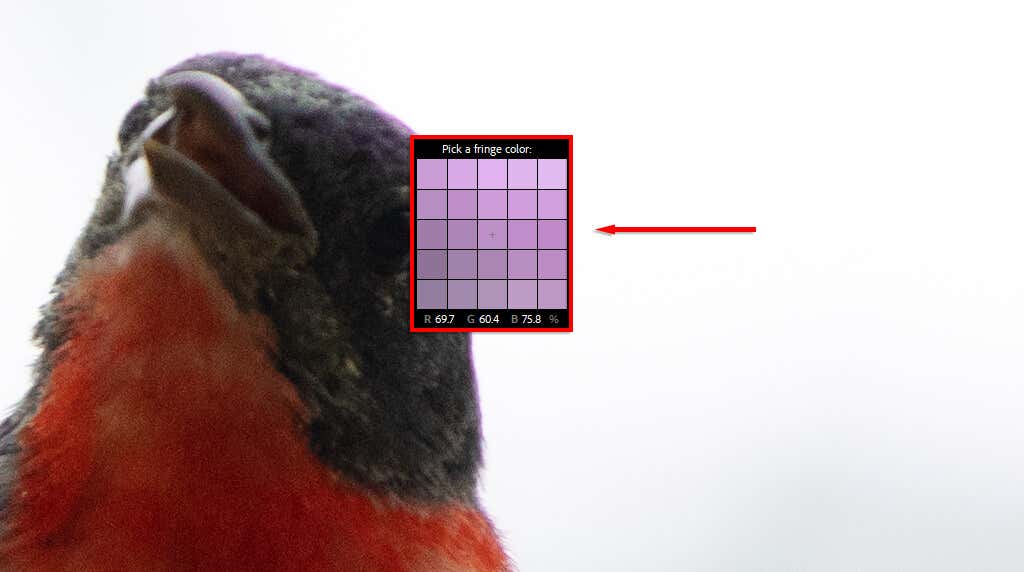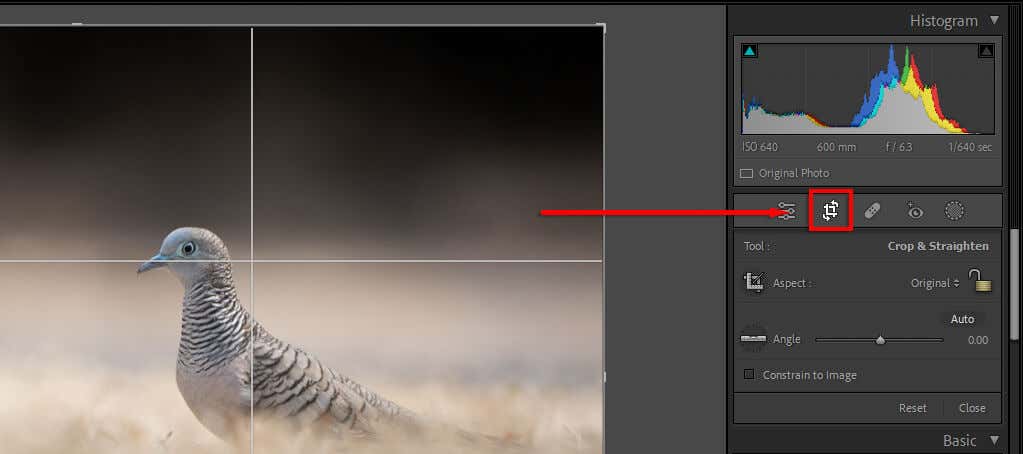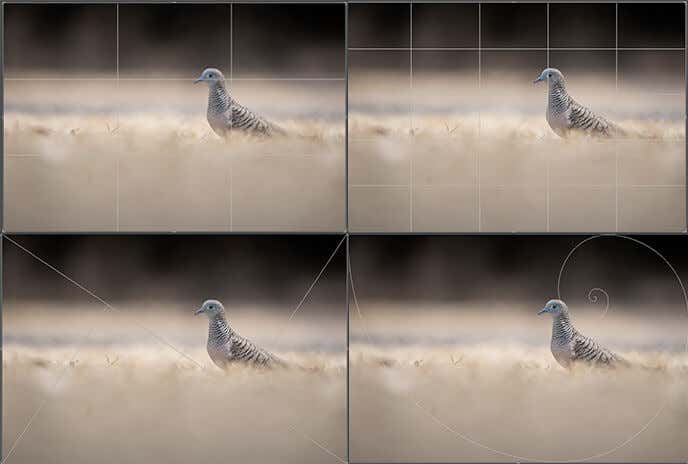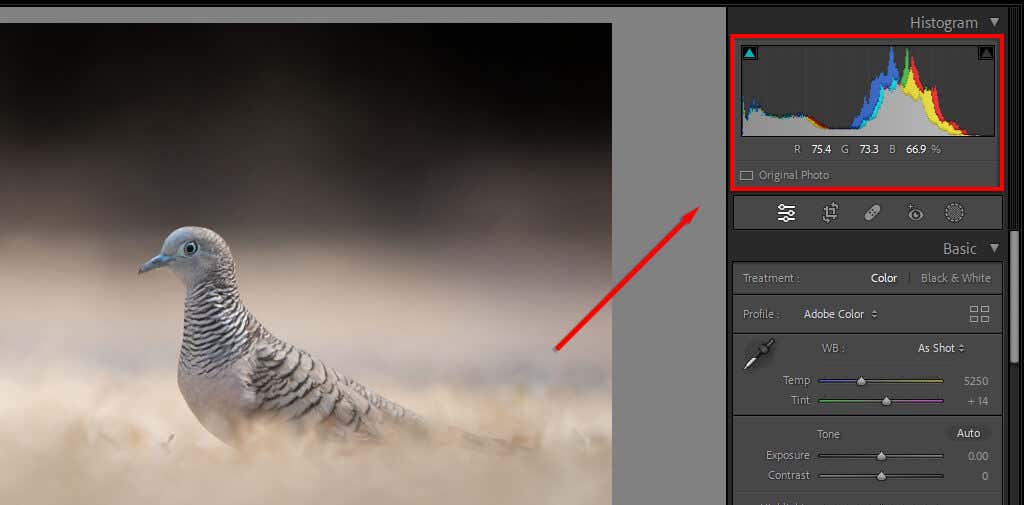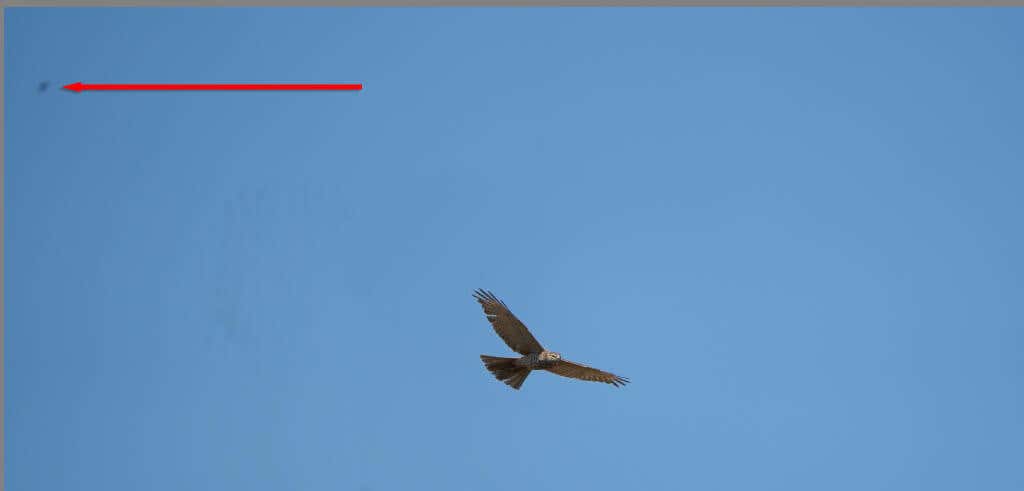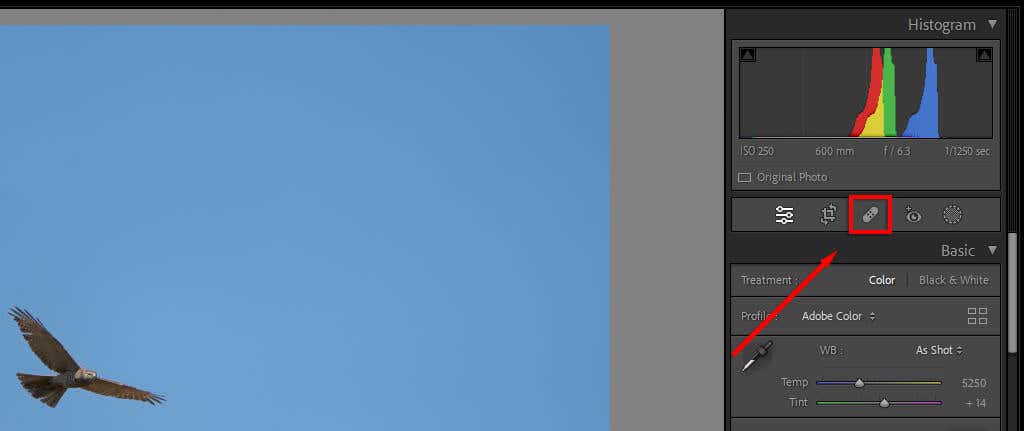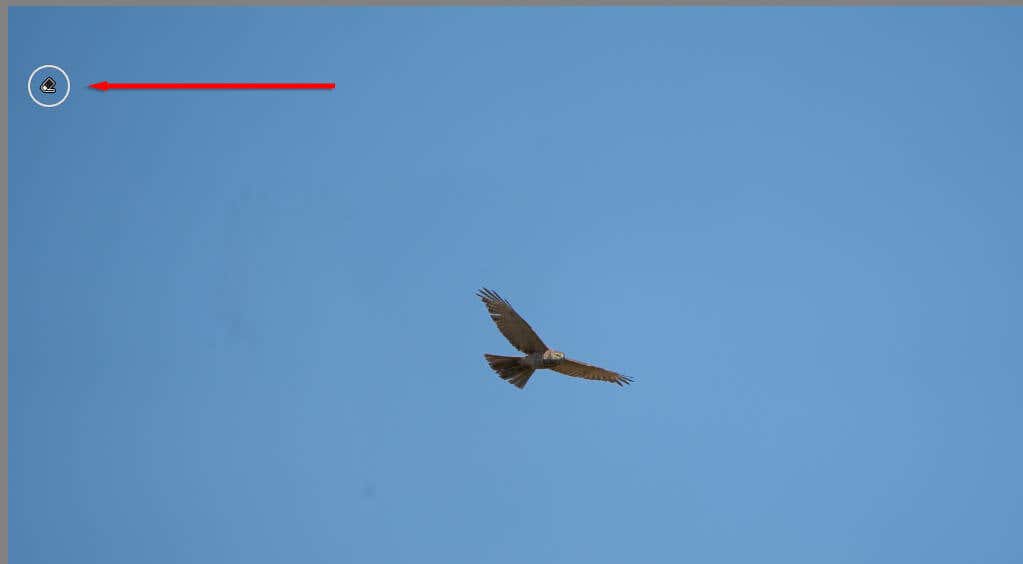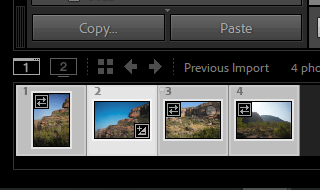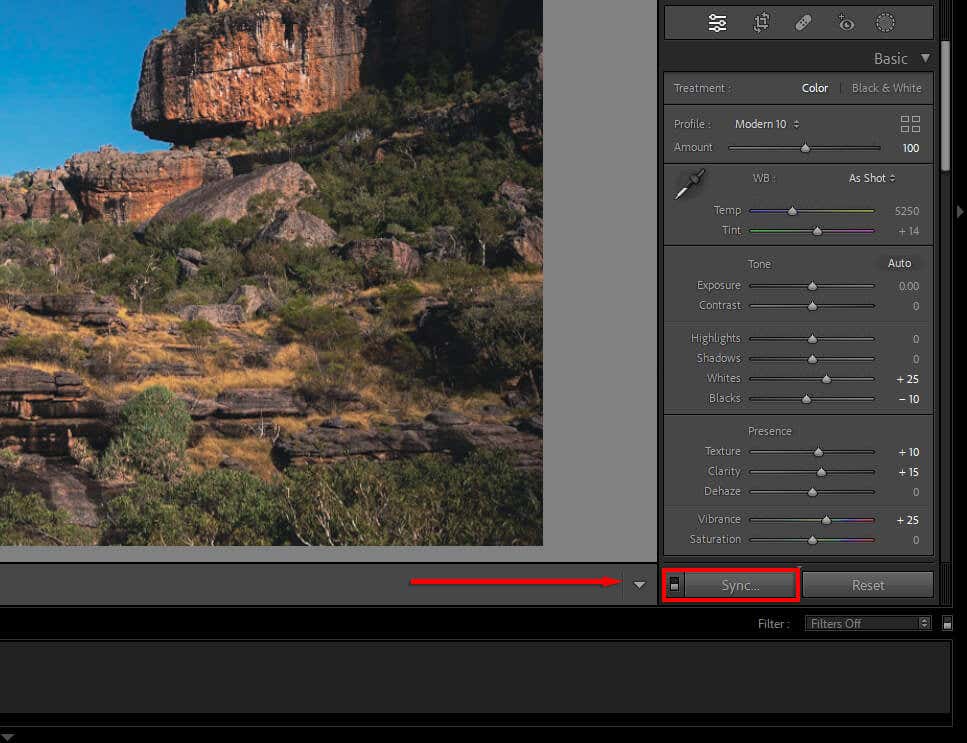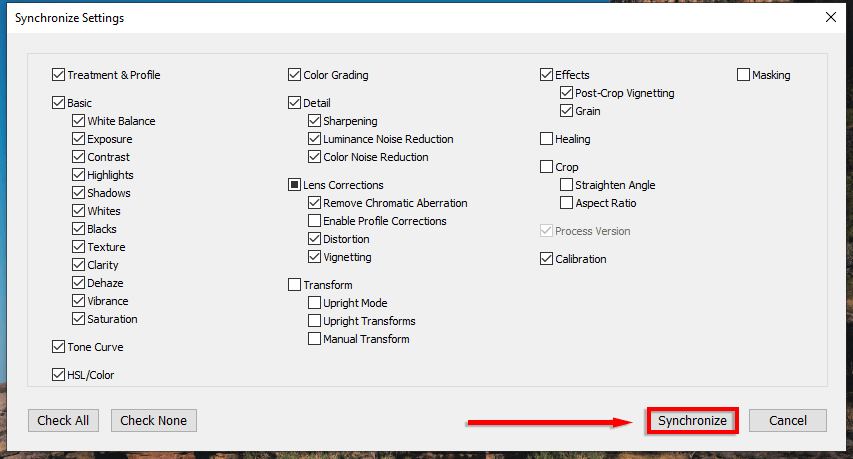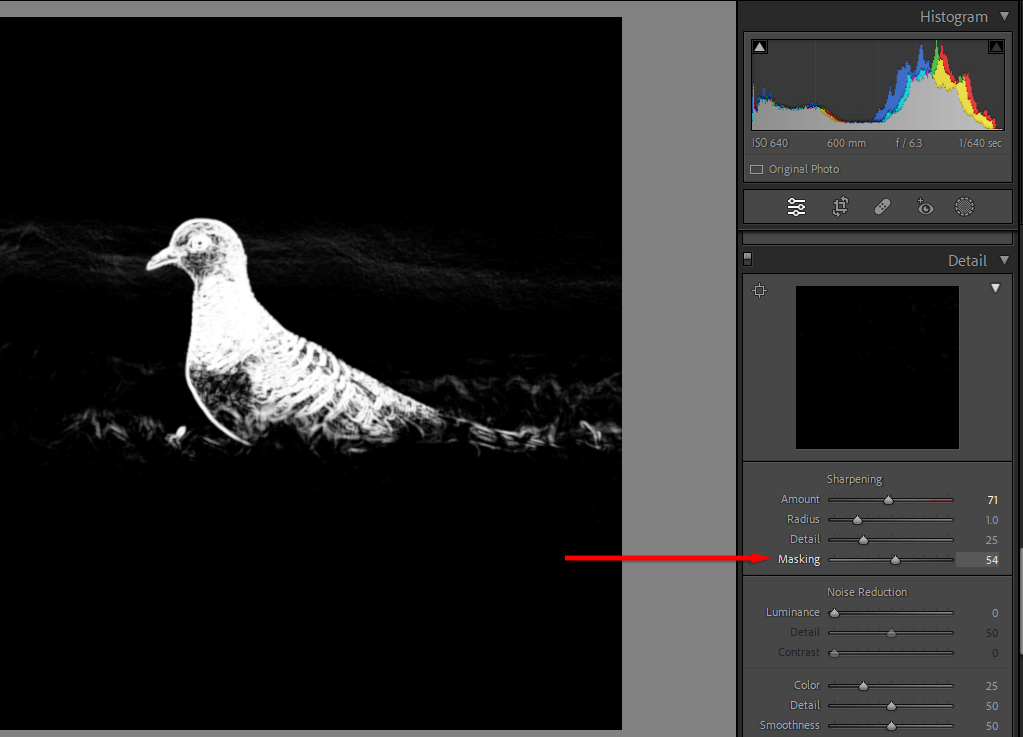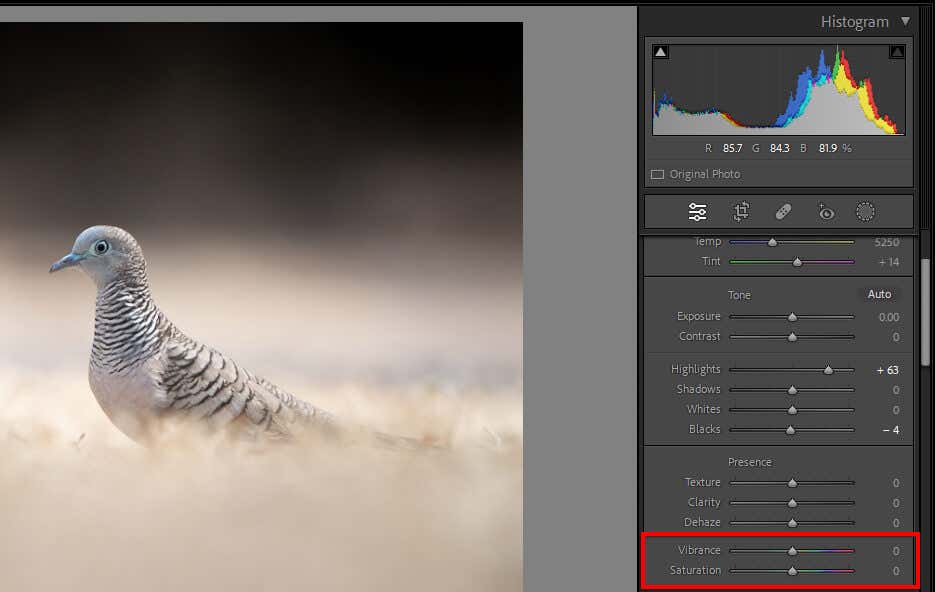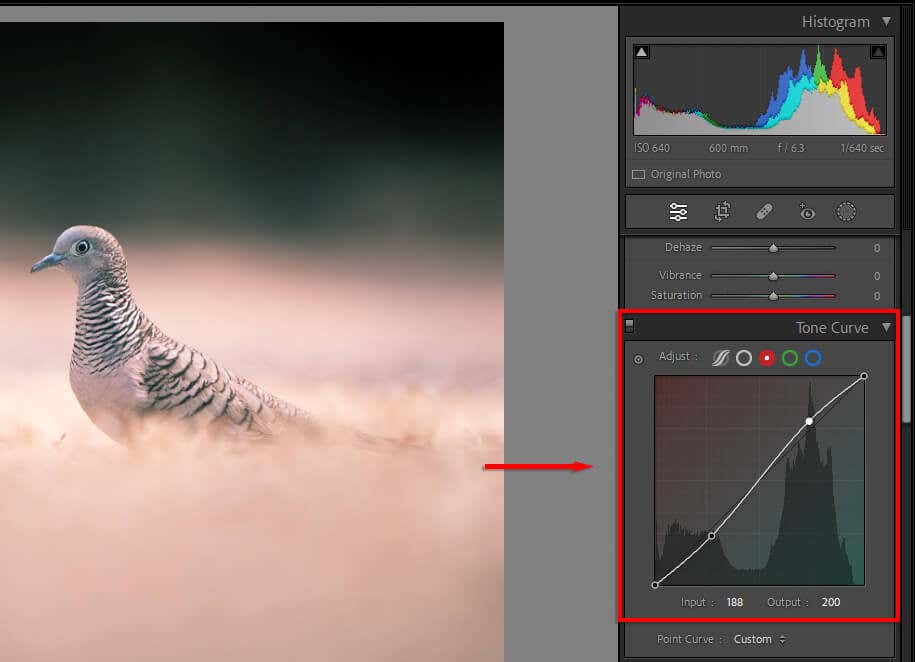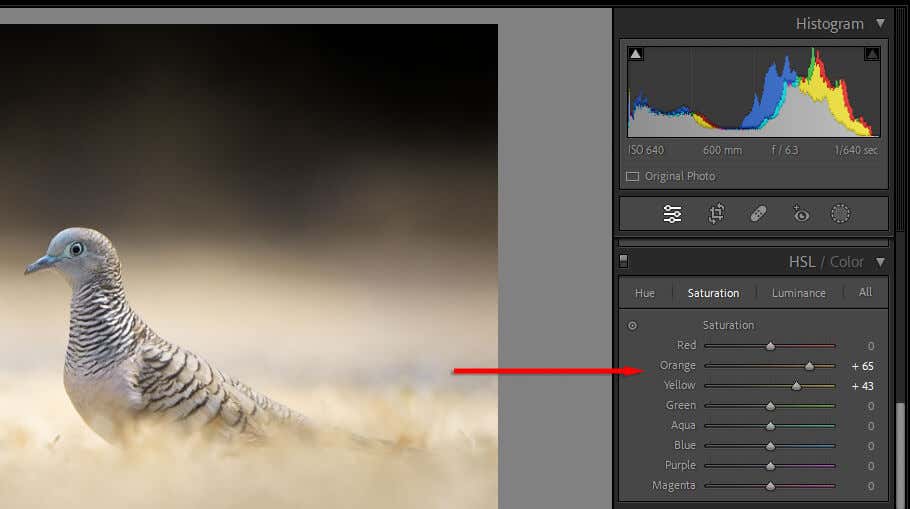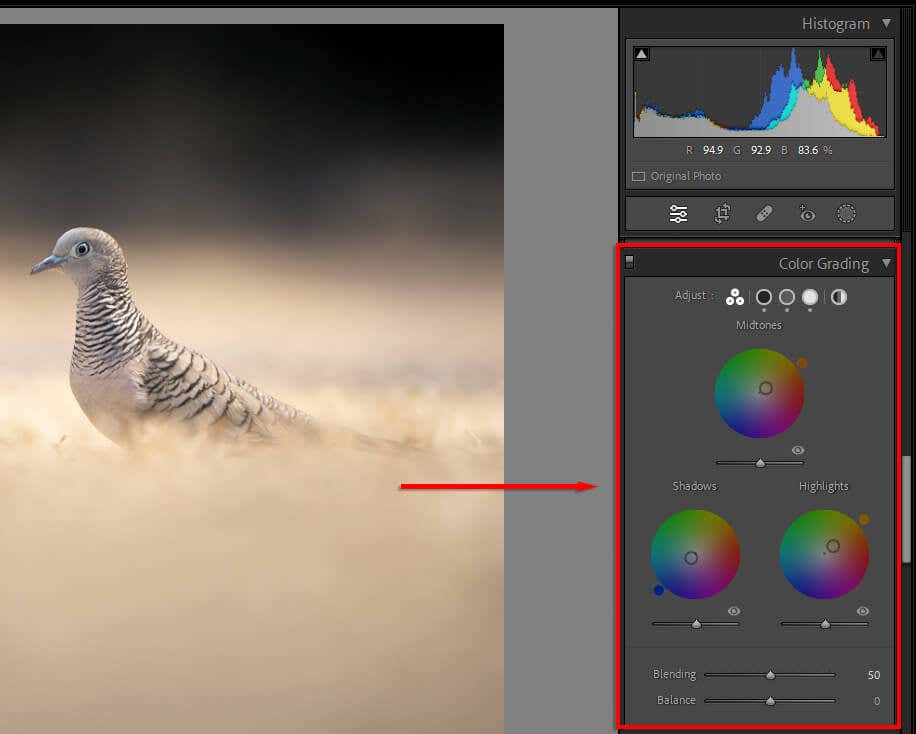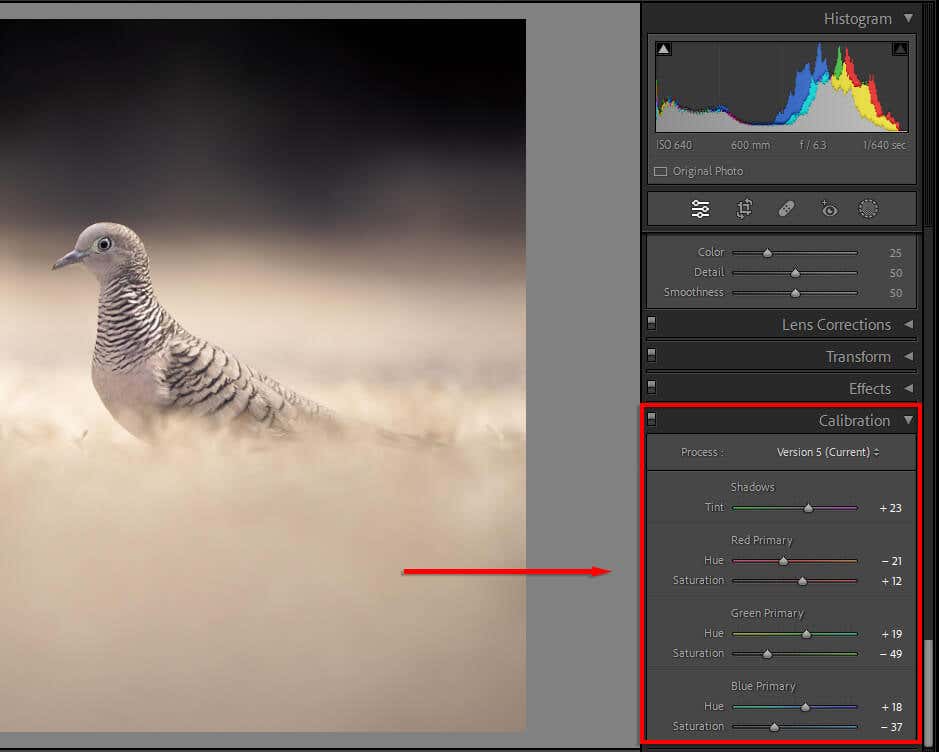Get from beginner to pro quickly
When it comes to photo editing software, Adobe Lightroom is one of the most well-known programs. Whether you want to crop and adjust family photos or produce professional-grade images for publication, Lightroom can do it all.
In this beginner’s tutorial, we’ll cover 10 Lightroom editing tips you can use to improve your photo editing skills. These tips apply to every version of Lightroom, including Lightroom Classic, Lightroom CC, and the Lightroom mobile app.
1. Understand the Basics of Lightroom
If you’re new to Lightroom, check out our Lightroom beginner’s guide on how to get started. After that, these basic post-processing tips will help you progress in your photo editing journey:
- Use auto-tone. If you’re new to Lightroom, you can use the auto-tone feature in the Basic panel of the Develop module. This will allow Adobe Sensei — Lightroom’s artificial intelligence (AI) — to adjust your image to what it thinks are good settings. While this won’t be a finished product, it can help get you closer to it.
- Use auto-white balance. Just like auto-tone, you can select the Auto button under the White Balance section, too. Lightroom will adjust your white balance to what it thinks is right. This won’t always be perfect, but it’ll usually be closer than the original (if you used the wrong settings in camera). This means you won’t have to play around with the Temp and Tint sliders.
- Press reset. If you don’t like your edit, but you’re not sure exactly what went wrong, you can select Reset. This simple button takes your photo back to its original state, letting you start again.
- Compare to the original image. When editing, you can press the keyboard shortcut “\” to view the photo in its original state. Toggling between edited and original states, you can easily see what you like about the photo and what you don’t.
Pro tip: Set your camera to produce RAW files rather than JPEGs. RAW files contain more data, letting you manipulate the image more than you can with JPEGs. This is especially helpful if you don’t expose your images correctly, as it gives you more leeway to rescue the light and dark areas.
2. Use Brushes to Dodge and Burn
Dodging and burning is when you apply exposure tweaks to small areas of your image, rather than applying global adjustments. “Dodging” is when you increase the exposure (or lighten the image) and “burning” is when you decrease it (or darken the image).
Lightroom includes several selection tools, from brushes to radial filters to automatic subject selection tools. The most common way to apply dodging and burning is to make local adjustments using the Brush tool.
To do so:
- In the Develop module, select Masking (or press Ctrl + W).
- Choose Brush. If using a mouse, you can expand or contract the size of your brush using the mouse wheel. On Lightroom mobile, use the size slider. You can also adjust the feather, flow, and density.
- Click (or tap) and drag on the screen to apply the brush.
- Any settings you activate under Effect will be applied to the area you brush. To dodge, increase the exposure. To burn, decrease it.
Pro tip: Use the “Auto Mask” feature to assist your brushing process. Applying a brush to specific, finely defined areas (like hair or birds) can take a lot of time. Auto Mask lets Lightroom try to find the edges of each object automatically. This way, when you use the brush, it won’t apply masking to the area it doesn’t think is part of the object.
3. Use Range Masking
When you use masking, there’s a handful of ways to tell Lightroom to only apply that mask to particular parts of your image inside the mask.
To do so, press Masking then select Range and choose either Luminance Range or Color Range. Alternatively, if you already have a mask, you can press Subtract then Luminance Range to remove that luminance value from your mask.
Each of these will give you power over what to include or remove from your masks. However, range masking gives you even tighter control by letting you tell Lightroom which colors or luminance values you want to focus on.
Choosing Luminance Range will open up a new slider that lets you control both ends from 0-100. Play around with the sliders to see how your mask changes. To target dark values, move the right-hand slider towards the 0 value. To target light values, do the opposite.
You can also use the automatic dropper to click an area with the luminance value you want to add or subtract from your mask. Press Show Luminance Map to make sure that the correct parts of your image are included.
Choosing Color Range opens up a similar slider. Use the dropper to select the color you want to remove, then use the slider to refine your selection.
4. Remove Fringing
You’ve probably noticed that several of your photos have a frustrating green or purple fringe to objects in harsh light. This is caused by something called “chromatic aberration”, an unavoidable optical phenomenon that occurs because of the way light reaches your camera sensor through your lens.
Luckily, Lightroom has a built-in tool to remove this. In the Develop module, scroll down to Lens Corrections. Here, you can choose either Profile (automatic) or Manual.
- In Profile, select Remove Chromatic Aberration to allow Lightroom to automatically try to remove the fringing.
- If this doesn’t work, select Manual then select the Dropper tool.
- Hover over the fringing until the right color appears (in the example below, purple).
- Then click or tap to apply defringing.
5. Use Composition Aids
You can use Lightroom’s grid overlays to crop and compose your photos exactly how you’d like. There are several overlays, from the rule of thirds to the golden ratio spiral. These can help you compose your photo according to several well-known aesthetic “rules” of composition.
- To select your composition aid, press the Crop button in the Develop module.
- When the crop overlay appears, press O on your keyboard. Keep pressing O to cycle through the different options. On Lightroom for mobile, tap the three dots in the upper-right corner, then tap the Grid icon. Choose None, Halves, Thirds, or Golden.
6. Pay Attention to the Histogram
You can find the histogram in the top-right corner of the Develop module. This complicated-looking graph shows your image’s tonal values and color distribution.
The red, blue, and yellow sections represent how concentrated those colors are in the image. Green areas are where blue and yellow overlap, and turquoise areas are where green and blue overlap. The gray areas are where all three colors overlap.
The left-hand side of the histogram represents the darkest parts of your image, and the right-hand side is the brightest. So if most of your peaks are on the left, your image may be underexposed (and vice versa). A well-exposed image will generally have most of the histogram toward the center of the graph in a single peak.
Pressing the J key will show you where your image is clipping. Clipping is where your highlights or shadows have reached the point where no information is being shown anymore — it’s just white or black pixels.
If you press J and then play around with the exposure slider, you’ll see red areas where the highlights are clipping and blue where the shadows are. This can help you get the perfect exposure.
You can also edit your image directly via the histogram. Hover over each part of the graph to see what it represents, then click (or tap) and drag to alter that section. You’ll see the corresponding sliders change as you do.
7. Remove Unwanted Dust Particles (and Other Objects)
When it comes to photography, dust spots are an annoying part of the process. Changing lenses often introduces dust to your camera sensor, which can appear as distracting black smudges in your photos.
Lightroom now features a spot removal tool that can help you remove these (and other) distracting objects from your photos, speeding up your editing workflow because you no longer need to switch to Photoshop to get rid of them.
To remove dust particles:
- In the Develop module, press the Healing icon (it looks like a bandaid).
- Using the healing tool, hover over the section you want to fix. You can increase the size with your mouse’s scroll wheel or by adjusting the size slider.
- Press and drag the healing tool over the area you want to fix, then let go. Lightroom will automatically replace that section of the image with similar pixels.
8. Batch Editing
If you have a series of similar images you want to edit the same way, you can apply batch editing to speed up your editing process.
To do so:
- Edit your image manually or apply one of the Lightroom presets.
- With the edited image selected, hold Ctrl (or Command on Mac), and select all other images you want to apply the edit to.
- Click Sync at the bottom of the Develop Module.
- Make sure every setting you want to apply is ticked, then press Synchronize.
9. Use Masking When Applying Sharpening
When you’re applying sharpening and noise reduction, you’re able to selectively choose which parts of the image you want to affect. To do so
- Use the sliders to apply as much sharpening or noise reduction as you’d like.
- Press and hold the Alt key (or Option on Mac), then move the Masking slider. Your image will turn to black and white. The areas in white are where the sharpening or noise reduction will apply. Everywhere that’s black will be ignored.
10. Learn How to Color Grade
Color grading is one of the hardest skills to learn, but with a lot of trial and error, you can hone your eye and learn to make beautiful images.
In Lightroom, colors can be manipulated in several ways:
- In the Basic panel, the Saturation slider enhances all colors, while Vibrance enhances colors in low-intensity areas.
- In the Tone Curve panel, each color channel can be manipulated by changing its tonal values individually. To do so, choose the color, then select and drag the curve.
- In the HSL panel, you can adjust the hue, saturation, and luminance for each color individually.
- In the Color Grading panel, you can adjust color wheels for your Midtones, Shadows, and Highlights. Moving the dot to a particular color will tinge those tones correspondingly. The further you move the dot to the circle’s edge, the more saturation will be applied.
- Finally, in the Calibration panel, you can adjust the Tint, Hue, and Saturation of the major colors to achieve the exact look that you want.
From Beginner to Professional
Becoming adept at photo editing can take time. There are dozens of editing tools, and it can be hard to know where to start. But with these photography tips, you should be well on your way to using the Lightroom photo editor like a pro.

